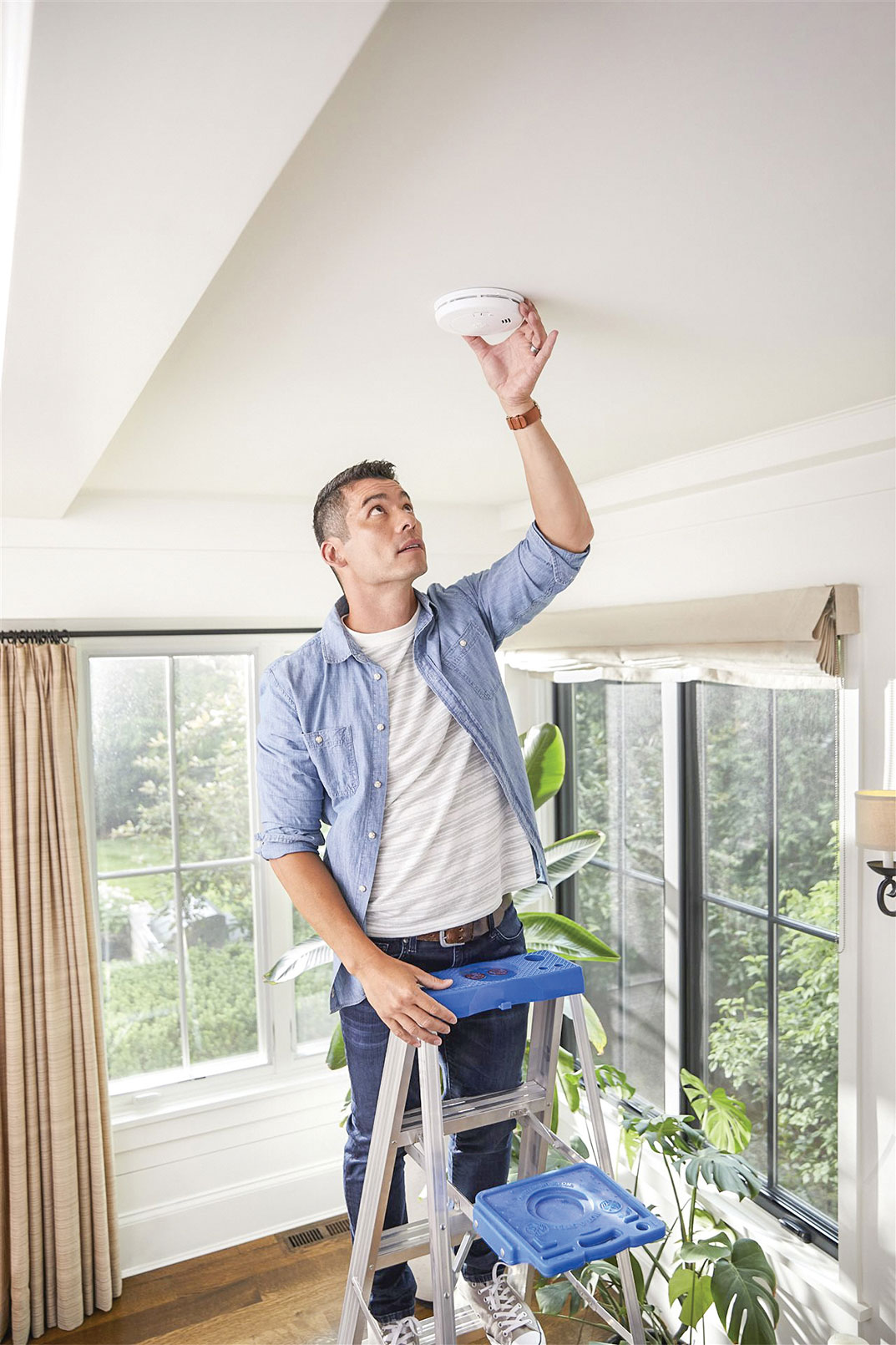Alarms don’t last forever

Being a homeowner comes with a lot of responsibilities. Seasonal upkeep, roof and gutter maintenance, plumbing repairs and more can add up — both on your to-do list and in your budget. But many home maintenance projects are simple and inexpensive, and they can help provide peace of mind.
Take smoke and carbon monoxide alarms, for example. Maintaining these devices is easy — keep them free of dust buildup and test them regularly by simply pressing the test button and waiting for the alarms to sound. On duty 24/7, alarms don’t last forever and need to be replaced at least every 10 years depending on your model.

First Alert, the most trusted name in fire safety according to a 2023 survey, recommends the following “alarm checklist” to help you and your family protect what matters most.
MAINTAIN YOUR ALARMS
In addition to regular alarm testing, the batteries should be replaced every six months.
INSTALL PROPER PROTECTION
The National Fire Protection Association recommends installing alarms on every level of your home, including the basement and inside every bedroom. Because smoke rises, be sure to install alarms high on the wall or ceiling. Don’t install alarms near doors, windows or ducts, where drafts may interfere with their operation.
REPLACE ALARMS
It’s important to select the right alarms for your home. Newer homes are generally wired for hardwired smoke and CO alarms. When they reach the end of their useful life, replace them with new hardwired alarms. In older homes and apartments without hardwired alarms, when your alarms expire, a convenient upgrade option is a 10-year sealed battery alarm, which eliminates battery replacement and late-night battery chirps for a decade. And, if your alarms are more than 10 years old — or you simply don’t know how old they are — the safest bet is to replace them.
To learn more fire and CO safety tips, or to find a retailer near you, visit firstalert.com.
This article is courtesy of Brandpoint.